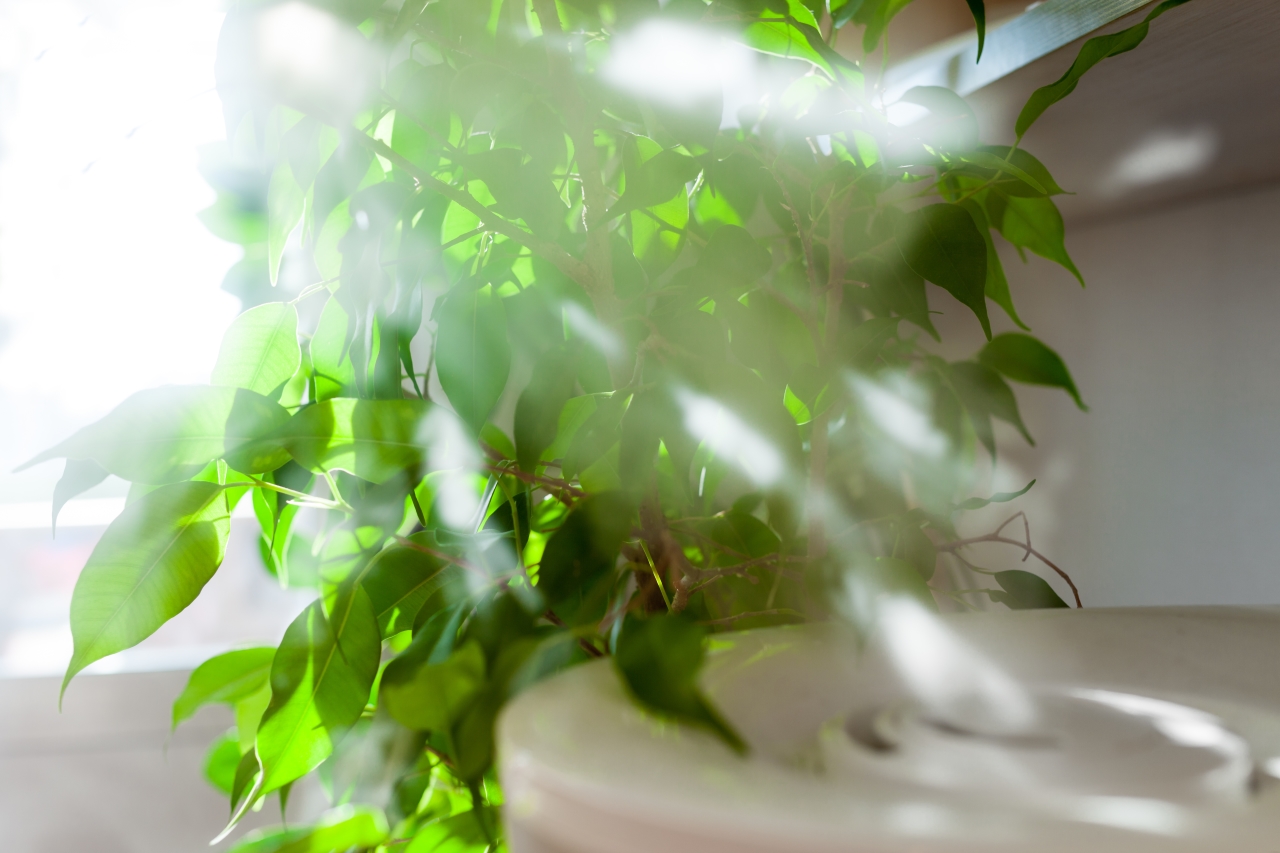If you are considering having a grow room, for it to be a success, you will need a good grow room humidifier. Whether you hope to grow indoor plants soon or you need your plants indoor due to weather, there are steps to take for proper humidity.
Being an indoor horticulturist takes time and much patience. You also must do all you can to keep the temperature and humidity just right in your grow room. For whatever reason you have a grow room, there are a few steps you must take to be successful.
First, you must know the size of the indoor garden area that will house your plants. You also must figure out which would work best, a grow tent, or a grow box? Knowing the size Is vital for a few reasons.
One of the primary items you will need is an indoor humidifier that is the right size for your room or tent. The job of the humidifier is to help you with controlling the level of humidity in your grow tent or room.
A humidifier helps you ensure your grow area keeps the perfect balance of moisture. That, in return, enables you to avoid moisture-related issues such as mold and root rot. The purpose of this article is to enlighten the reader on why keeping the humidity under control in grow areas are vital.
Why Use a Humidifier?
In case you have not noticed, plants need plenty of water, not too much, however, but plenty to keep moist. The exact amount is somewhere around five percent. That moisture is necessary for the building of new cells and survival.
Most moisture just passes through the plant, feeds the leaves, then aids in the heavy rooting system that continues to form sturdy leaves. Many people do not really understand plant life and its relation and need for water.
The vascular structure alone relies heavily on the moisture that eventually exits through tiny points in the leaf, called, stomata. Plants use water as a coolant, per se’. If the air is dry and humid, it creates a deficit in high vapor pressure which is the interior of the leaves.
If you could somehow peek inside of a plant's leaves, you would see there is always plenty of moisture inside each leaf. For each minute pocket of air inside the leaf, it is full of moisture. However, plants need to breathe. Actually, formally, it is exchanging gases. They do this through little holes.
There is a negative to this process, and that is the lack of humidity in the air during different times of each year. When the air is dry, the plants do all it can to combat the deadly drying effect.
Arid, dry elements are perfect for damaging bugs such as spider mites, to move in on your plants. Dry air also places your plants in a dangerous situation due to pathogenic molds and mildew.
Dealing with Humidity in Your Grow Room
Ask any gardener that tampers with both indoor and outdoor plants how the temperature affects an indoor grow room. Humidity often is not on the top of the gardener's mind until it is too late.
The temperature in a grow room plays a huge role in the outcome and performance of the plant life. Whether you are drying herbs, vegetables, rooting cuttings or starting a fresh batch of seedling, moisture is vital. The outdoor humidity level can and will change the growing conditions indoor, drastically.
Therefore, aside from temperature, the humidity level must be your focus through each growing stage of your plants. To maintain the proper humidity level, it is essential that you pay close attention in the beginning stages of the plant's life.
Plants typically can withstand broader humidity levels once they form a healthy and robust root system. Such a system will already harden into the indoor environment making it tougher and healthier.
The Right Humidity for Your Indoor Plants
Most homes have low humidity at some point yet numerous houseplants prefer a more humid environment to survive. Some houseplants that come from subtropics or tropical regions flourish in the damp, loamy bottom of a larger forest setting.
Popular plants such as the English Ivy, Orchids, and Aroids are plants that tend to grow in an indoor environment that is adjusted poorly. These types of plants generally grow best in misty and moist forests.
For plants such as these, 50 percent humidity is no big deal, and some even prefer the moisture to reach as much as 80 percent. Many homes are bone dry, especially during the winter season as the heating kicks off and on blowing hot air through the house.
Houses such as this, the humidity is a “normal range” of at times only 20 percent. Therefore, if the plan is to have a green room or tent to grow your plants, you will need moisture. If you aim to keep the environment close to its natural state, you will need to add moisture. The best way to do so is by adding an excellent humidifier to the room.
Conclusion
Whether you stick to outdoor gardening or tamper with indoor harvesting, knowing the signs of a plant under distress is vital. As mentioned above, for plants to flourish and prosper, you will need to ensure you supply the right environment to do so.
Humidity levels during the winter months take a considerable dip. For you to successfully harvest indoors, monitor the humidity level and be confident you place the right size humidifier in the room.
If both the humidity and temperature levels reach high levels, your plants will not thrive to emerge and grow in abundance.
